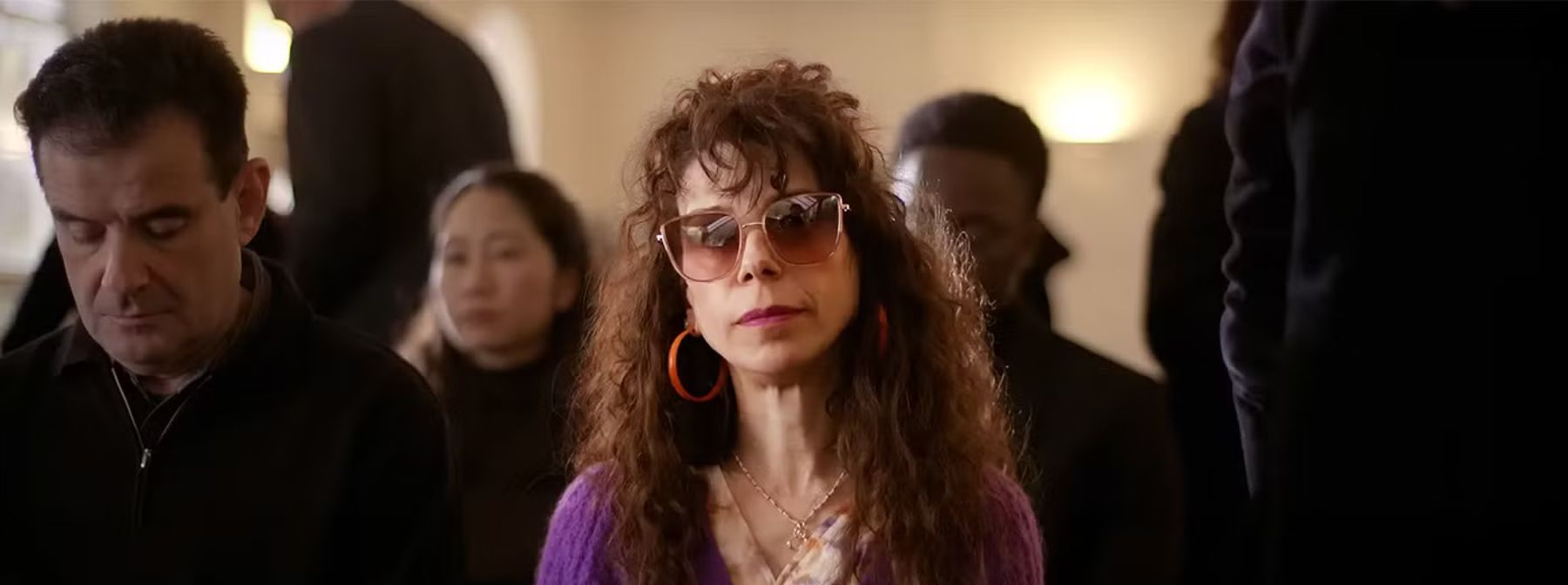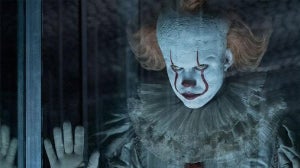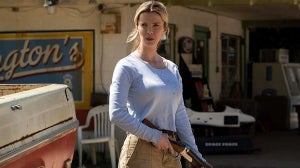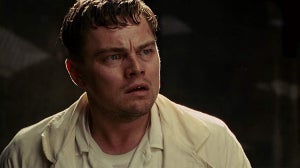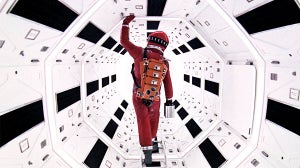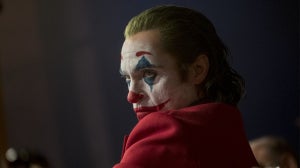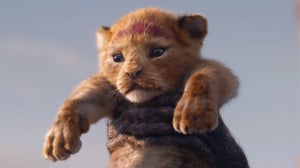
Bring Her Back was written simultaneously with their breakout hit and similarly manages to tread new ground in the way it uses horror to explore the grieving process – a well-trodden path for the genre they manage to rejuvenate. This theme was already integral to the story, but it transformed into something far more honest just as they were readying the shoot.
Danny told Zavvi: “We lost a close family friend right at the start of pre-production and he was only 23 years old. The emotions we felt were so extreme, but they happened when there was no time for us to process or navigate them because we were on location; sets were being built, the actors were coming in, we weren’t able to pause anything.
“The film became a way for us to really process that, and the tone was changed entirely. Scenes we designed to be scary ended up sad, and the entire ending of the movie changed as a result; it’s a more raw and expressive film than Talk To Me.”
The movie follows 17-year-old Andy (Billy Barratt) and his vision impaired stepsister Piper (Sora Wong) who are thrown into the foster care system after the death of Andy’s dad. Not able to apply for guardianship until he turns 18, the pair are instead assigned a foster parent in the form of Laura (Sally Hawkins), a former child psychologist still reeling from her own blind daughter’s death by drowning a couple of years prior.
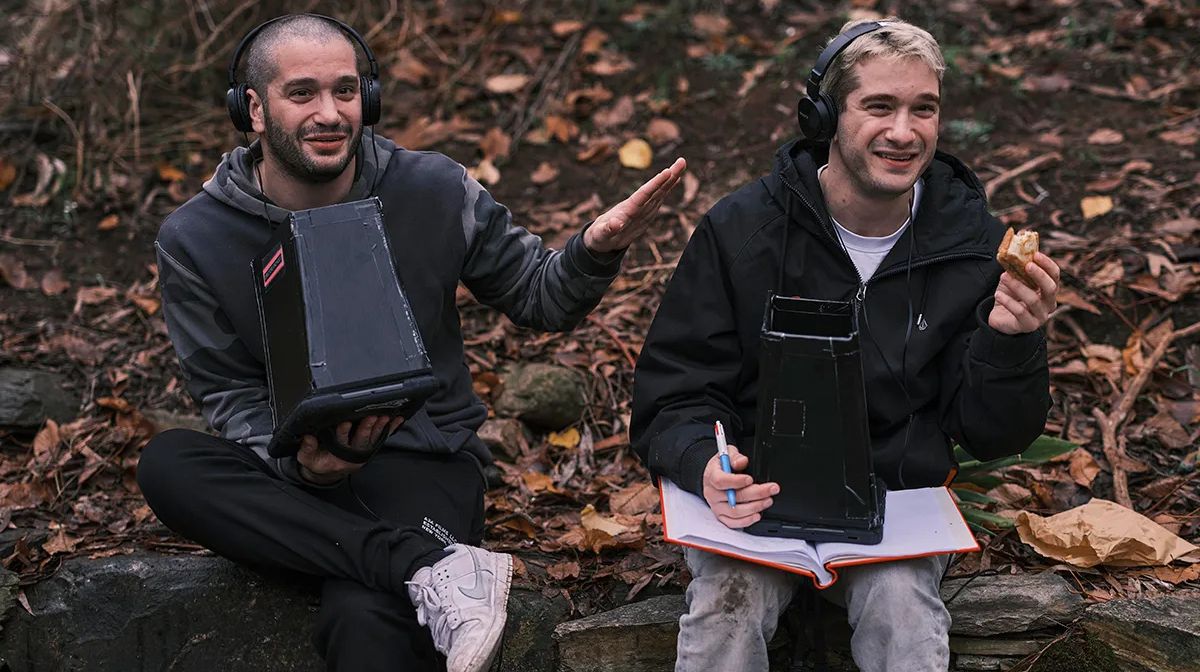
However, Laura’s intense behaviour only makes several other mysteries more apparent to Andy; the chalk lines drawn around the grounds of their house, a mute foster son she rarely lets out of his bedroom, and the fact she turns every conversation back towards his own childhood trauma. She’s a villain constantly manipulating her new foster children, but as Danny alluded to, eventually became a far more tragic figure as the film developed, in a way that has surprisingly resonated with audiences.
Michael explained: “I feel like the movie has been therapeutic for a lot of people. The friend that we lost, his mum came to an early screening and I was worried about her coming because of what this film deals with – she lost her child so recently, I was afraid of how she’d react to it.
“She ended up loving it and told us that it helped us come to terms with her emotions in a way she’d never have expected. It was a cathartic experience; horror can be such a powerful way to face these things.”
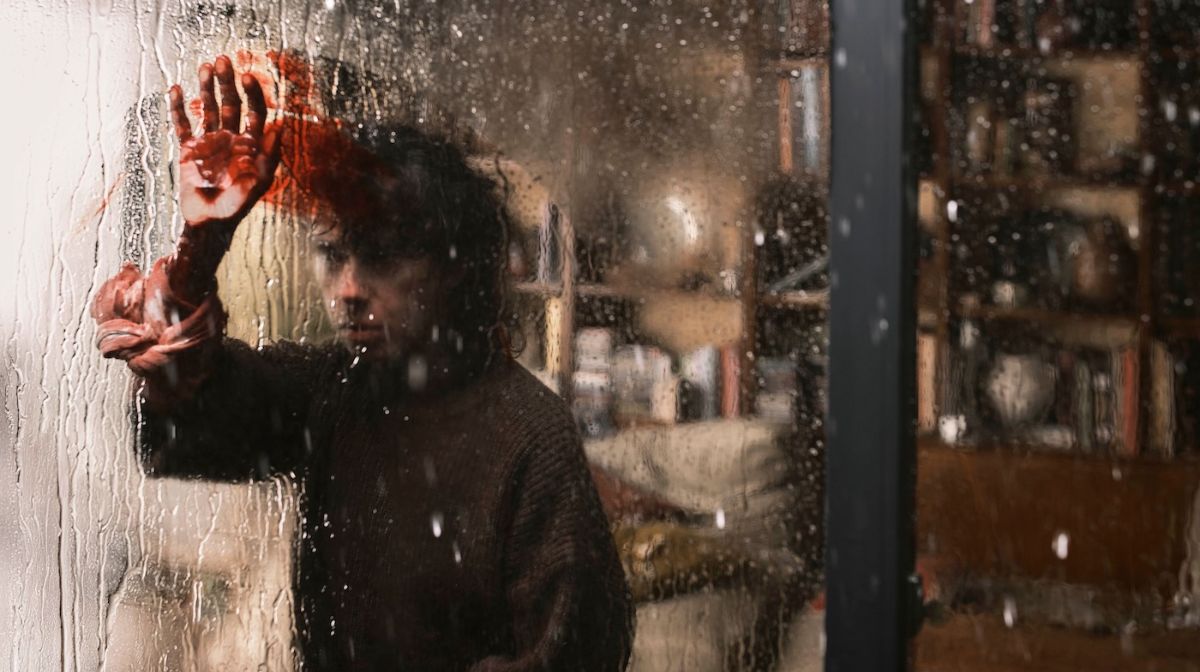
Laura was initially envisaged as the modern-day equivalent of Jane Hudson, the lead of What Ever Happened To Baby Jane? who also knew a thing or two about psychologically torturing her own family. Tonally, the films have little in common, with that 1960s classic equally at home labelled as a camp black comedy, which is not the case here.
“Working with a character actor was always the dream, and Sally Hawkins felt like a modern-day Bette Davis to us, someone who allows herself to really be consumed by her roles. It was an exciting idea because she’d never done anything like it, and that’s why we also assumed she wouldn’t say yes, but she loved the script and connected with the character.
“She brought a human quality and approached the character as someone who wasn’t an outright evil. She told us she didn’t connect with the story as a horror film, but as a work of character-driven storytelling, and that’s how it affected her.
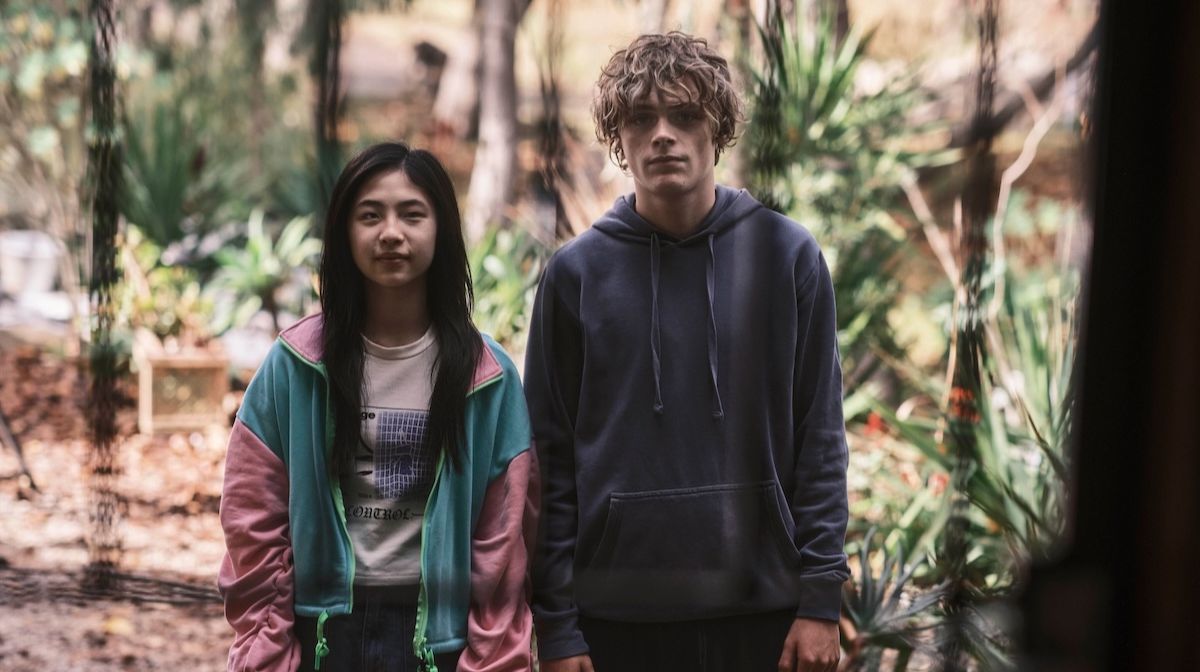
“We shot in chronological order as much as possible, and it was exciting building up to the bigger scenes so we’d go on this journey with her character and see her lose her mind. It was incredible to witness.”
Surprisingly, a devastating examination of grief was not the starting point for the screenplay, with the story originating from Danny’s curiosity about his friend’s young daughter, who is partially sighted. Knowing that he’s a horror filmmaker and that any story he told would push his character into intense spaces, he took extra care not to exploit her condition for the sake of cheap scares.
“It was always about trying to find her real perspective and integrating that into the film, ensuring that thematically her experience speaks to everything the film is trying to say. There was never any question as to whether we’d cast a non-or-partially sighted actor, as we wanted to collaborate with them in a way that they could put themselves in this role and make it authentic.
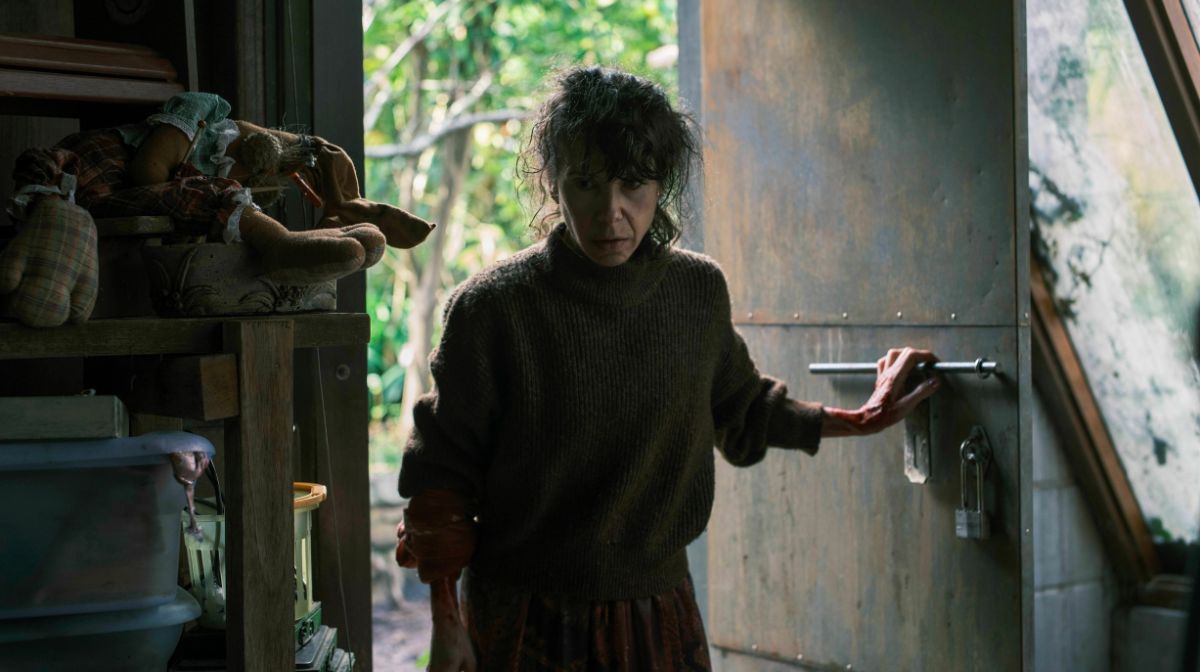
“We allowed Sora to change lines if she wanted to and ensured she could navigate scenes and interact with her surroundings in a way that felt true to her. We didn’t want to put up any red tape, especially for a young actor; we wanted them to know there’s no such thing as a bad take, as we all want to find the authenticity and the truth in the script together.”
The siblings love working with children and younger actors – animals are a different matter, they spent a full day waiting for a cat to walk through a door for one shot (“it was a diva, it needed its own trailer and everything”) – but why they’re drawn to horror stories with younger protagonists is far more subconscious.
“With young performers, there’s something raw and real because they’re drawing from themselves, and it feels so natural when you see it on camera”, Danny added. “As a writer, you tend to draw from things that scare you, and the memory of being in intense situations in your youth has a lasting effect on you.
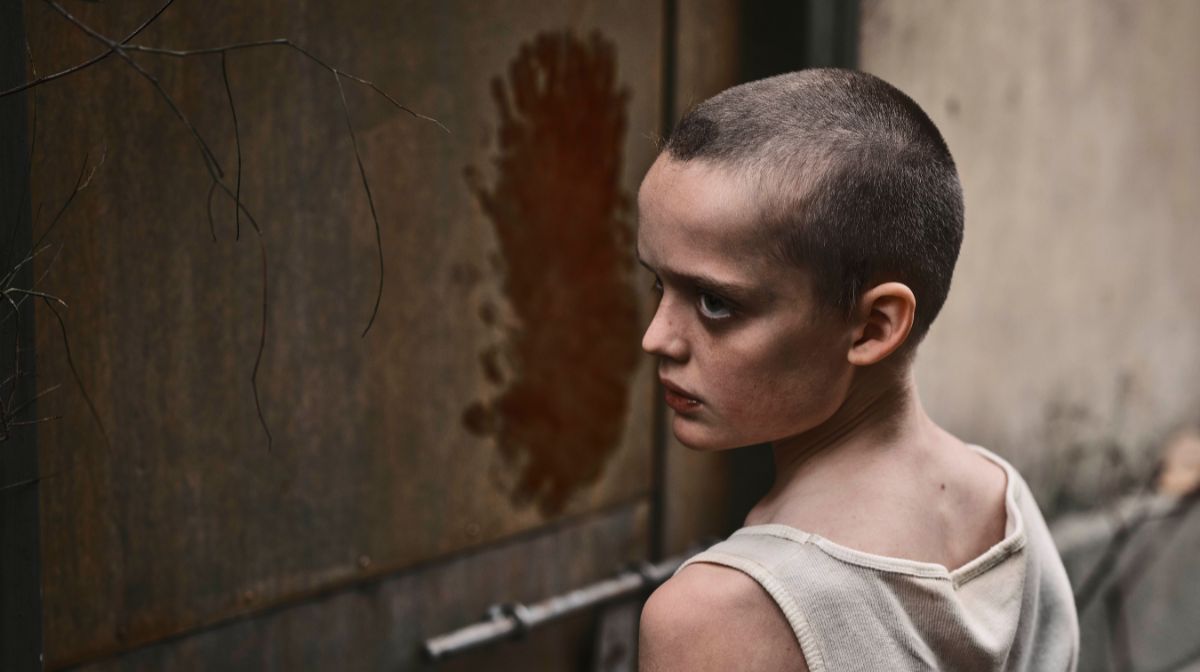
“I always write what's most frightening to me, and draw from all of it, whether it’s the idea of somebody who is supposed to be protecting kids having a sinister motive, or the thought of metal on teeth, which really freaks me out!”
That scene has quickly become the most notorious in the movie, a scene of hyper-violent body horror which manages to become even more visceral when you find out the sound effects came from Danny chewing on a knife himself in the editing booth. It’s a sign of how good the brothers are with child actors that the young star of that scene told them that, if anything, it needed even more blood.
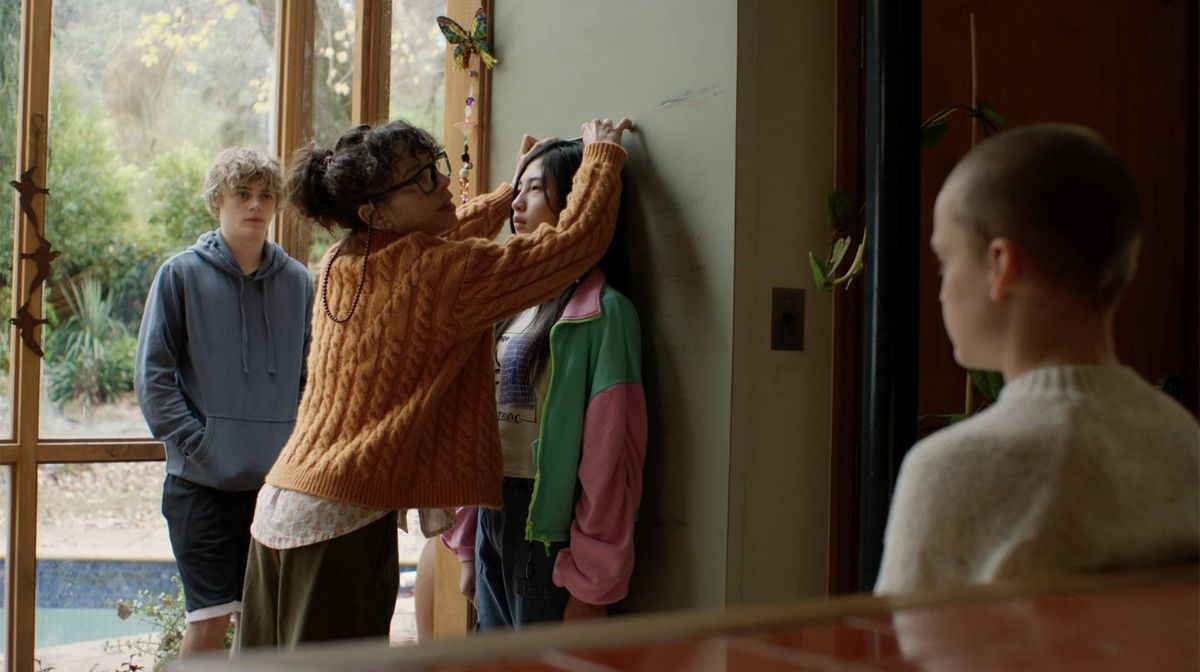
Bring Her Back was announced shortly after a sequel to Talk To Me – hopefully titled Talk 2 Me – was in development. Don’t expect it to be their next film, however, as they’ve written two separate scripts for it, and still aren’t fully sure of what shape it’ll take.
“I have no idea when you’ll see it, because we’re writing another horror film right now. When we finish something, we’re looking ahead to the next thing in terms of what’s the most exciting idea, and best way to express ourselves in that moment of time, and I’m on the fence about what story that’ll be next!
“If we don’t shoot it next, it’ll be the film after that for sure.”
Bring Her Back previews in UK cinemas this Saturday (26th July) before opening properly on Friday, 1st August.
